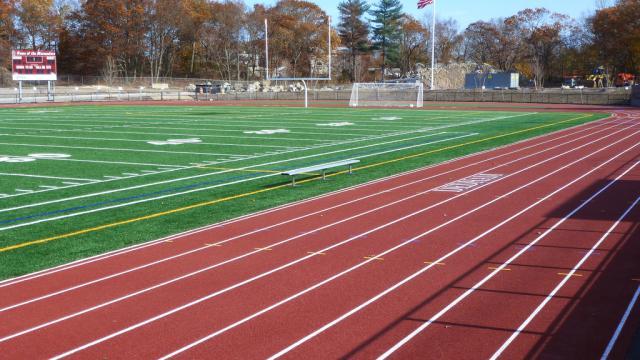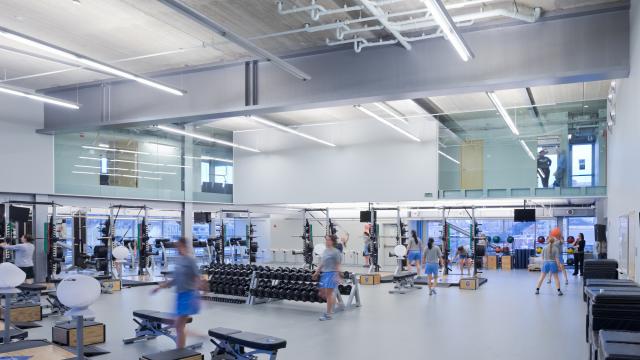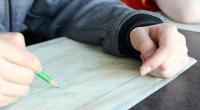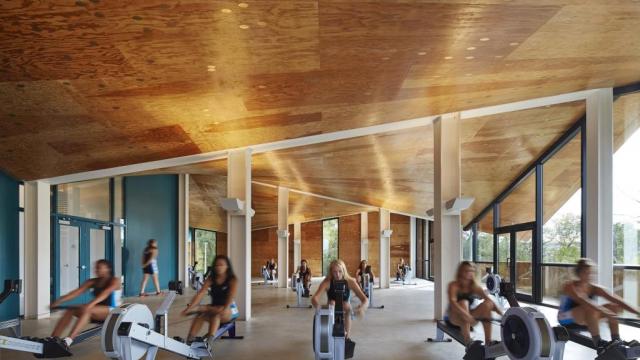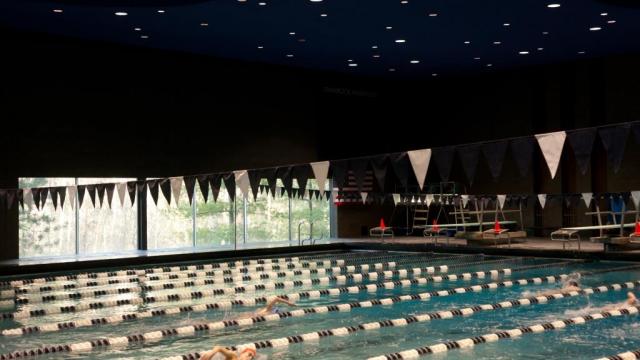Advanced Technologies Academy is a high school that is part of Clark County school District. A-TECH is know to be the 1st. ranked school in the district; the school was founded in 1994 as a magnet school and had very little amount of students it only had 500 to 700 students, and A-TECH had no gymnasium when they started the school. The gymnasium building began construction during the 1998-1999 school years, and opened in the year 2000. The gymnasium was built according to the size of students there had been in 2000. Throughout the years A-TECH has grown and the quantity of students has increased. The school has been recognized to be one of the best, yet lack on the space required for a growing school.
Design Problem: Advanced Technologies Academy is an amazing school that was based of the academics and majors that they offer, but they lack space and require better accommodations for students in they gymnasium. The gymnasium is much more than a place for the students to be active. The gym is the central heart for any major activity or event for students. Students use the gym for assemblies, band performances, orchestra performances, and student gatherings for clubs. the accommodations that the gym offers P.E classes are not the best, the lockers and bathrooms get filled with a class with more than 25 students. the shower stalls take up space and no one uses them due to the lack of privacy. As a student of A-TECH i have analyzed the gym to my best extent and came to the previous conclusions.
Design Solution: I plan to renovate the gymnasium by modernizing the gym's exterior and reconditioning the interior of the gym space. to begin with the gymnasium would have added on to the space. I don't plan on demolishing the whole building. I plan on adding on to the gym, and expanding the rooms to give the necessary space required. I would make the building more aesthetic so the students, faculty, and visitors feel appealed to it. As for the interior, I plan i keeping the order that i has at the moment. I will add more natural lighting so that they gym may have light as long as their is sun. With making those necessary changes the building fit more to the expectations a person has for a gymnasium.


